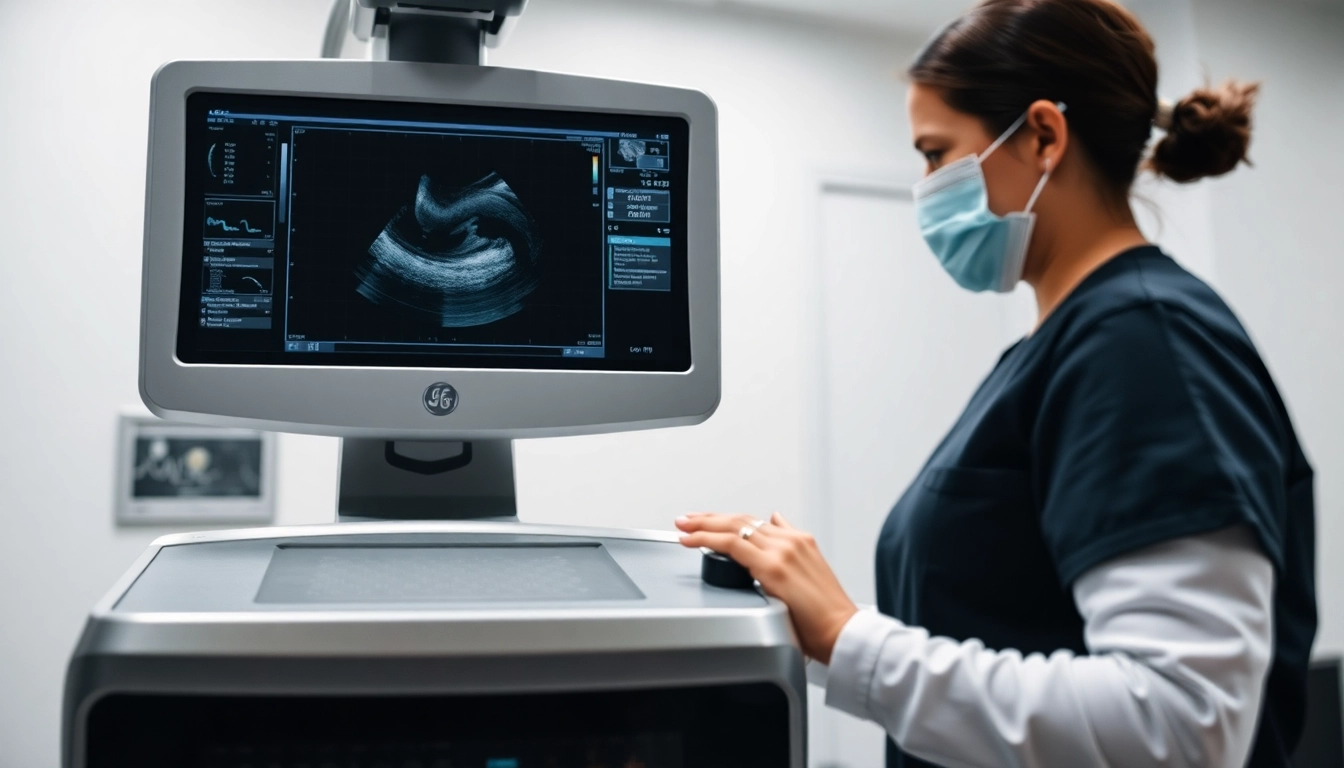Introduction to Testosterone Replacement Therapy
In recent years, the conversation surrounding hormonal health has intensified, particularly regarding testosterone and its role in men’s well-being. Many individuals are turning to Testosterone Replacement Therapy (TRT) as a potential treatment for low testosterone levels, which can significantly affect quality of life. This article delves into what TRT entails, who can benefit from it, and how it can be a vital part of managing men’s health today.
What is Testosterone Replacement Therapy?
Testosterone Replacement Therapy is a medical treatment aimed at restoring testosterone levels in men who are diagnosed with low testosterone, or hypogonadism. Hypogonadism can be characterized by insufficient natural testosterone production due to various underlying health issues, age-related hormonal changes, or other factors. TRT can help restore levels through different delivery methods, thus alleviating symptoms and improving quality of life.
Who Can Benefit from Testosterone Replacement Therapy?
Typically, TRT is indicated for individuals assigned male at birth who face symptoms stemming from low testosterone levels. These individuals may experience significant fatigue, reduced libido, depression, muscle weakness, and cognitive impairments. However, not everyone is a candidate for TRT. A thorough medical evaluation, including blood tests to confirm low testosterone levels, is essential before commencing any therapy. Additionally, TRT may not be suitable for those with certain pre-existing conditions.
Common Symptoms of Low Testosterone Levels
Identifying low testosterone levels can be complex as symptoms often overlap with other health issues. Common indications include:
- Fatigue and decreased energy levels
- Reduced libido or interest in sexual activity
- Difficulty in achieving or maintaining erections
- Muscle weakness and loss of muscle mass
- Increased body fat or obesity
- Depression or mood swings
- Reduced cognitive function and memory issues
Types of Testosterone Replacement Therapy
TRT can be administered through various forms, each having its pros and cons. The choice of therapy should be based on individual preferences, medical history, and lifestyle considerations.
Injections: Pros and Cons
Testosterone injections are one of the most common forms of TRT. These are typically administered intramuscularly, often requiring visits to a healthcare provider.
Pros
- Fast-acting; testosterone levels can rise quickly.
- Options available for both long-acting (every 1-3 months) and short-acting (weekly) injections.
Cons
- Needles might cause discomfort or anxiety for some patients.
- Potential fluctuations in testosterone levels can lead to mood swings or energy highs and lows.
Patches and Gels: How Do They Work?
Topical solutions such as patches or gels are a convenient method for testosterone delivery. They allow for consistent absorption through the skin and can be applied daily.
Pros
- Easy to use and non-invasive.
- Maintains more stable hormone levels compared to injections.
Cons
- Possible skin reactions at application sites.
- Risk of transference to others through skin contact.
Pellets: A Long-lasting Option
Testosterone pellets are implanted under the skin and release testosterone slowly over time, typically lasting 3 to 6 months without requiring frequent visits to a healthcare provider.
Pros
- Long-lasting effects and minimal maintenance.
- Steady release rate provides stable testosterone levels.
Cons
- Surgical procedure needed for implantation, which may involve risks.
- Possible adverse reactions at the implant site.
Benefits of Testosterone Replacement Therapy
Engaging in Testosterone Replacement Therapy can provide several physiological and psychological benefits, making it a worthwhile consideration for eligible individuals.
Improved Energy Levels and Mood
One of the most frequently noted advantages of TRT is the improvement in energy levels. Many men report feeling revitalized and more energetic after starting therapy, which can enhance overall quality of life. Additionally, mood stabilization is a common positive outcome, helping to alleviate feelings of depression or anxiety that often accompany low testosterone levels.
Enhanced Sexual Function and Libido
TRT can lead to improvements in sexual function, including enhanced libido and the ability to achieve and maintain erections. For many men, restoring testosterone levels helps to revitalize their sexual health, decreasing feelings of inadequacy and enhancing intimacy with partners.
Increased Muscle Mass and Bone Density
Testosterone is crucial for maintaining muscle mass and bone density. Individuals undergoing TRT may find improvements in muscle strength and physical endurance, along with a reduction in body fat. This not only aids in physical performance but also contributes to overall metabolic health, reducing the risk of obesity-related conditions.
Potential Risks and Side Effects of Testosterone Replacement Therapy
While the benefits of Testosterone Replacement Therapy can be significant, it is crucial to understand that there are also potential risks and side effects that must be considered.
Understanding Side Effects
Some common side effects associated with TRT can include:
- Acne or oily skin
- Increased red blood cell count, which can elevate the risk of cardiac issues
- Sleep apnea or other breathing difficulties during sleep
- Fluid retention, which may lead to swelling in the legs or ankles
Who Should Avoid Testosterone Replacement Therapy?
TRT is not appropriate for everyone. Men with certain health conditions, such as untreated sleep apnea, prostate cancer, or serious heart conditions, should exercise caution. A thorough assessment with a healthcare provider is vital to determine candidacy for therapy.
Long-term Effects on Men’s Health
The long-term effects of TRT have not been thoroughly understood, and ongoing research continues to assess potential risks. Concerns regarding heart health, prostate cancer risks, and other metabolic issues are of particular importance. Regular monitoring and follow-up consultations with healthcare professionals are essential to mitigate risks and ensure safety during treatment.
Making an Informed Decision About Testosterone Replacement Therapy
Deciding to undergo TRT is significant and requires careful consideration of various factors. Here are steps to make an informed decision.
Consulting with Healthcare Professionals
Begin by consulting with a qualified healthcare provider who specializes in hormonal health. They can guide you through the diagnostic process, interpret lab results, and discuss treatment options, ensuring that all decisions are based on sound medical advice.
Personalizing Your Treatment Plan
TRT is not a one-size-fits-all solution. Each individual requires a personalized treatment plan that considers their unique symptoms, lifestyle, and health conditions. Various methodologies and delivery options should be discussed to select the most suitable approach.
Monitoring Your Progress and Adjustments
Once treatment begins, regular follow-ups with healthcare providers are essential to monitor testosterone levels and assess for any side effects. Adjustments may be necessary to dosage or delivery method throughout the course of therapy, ensuring optimal results.



